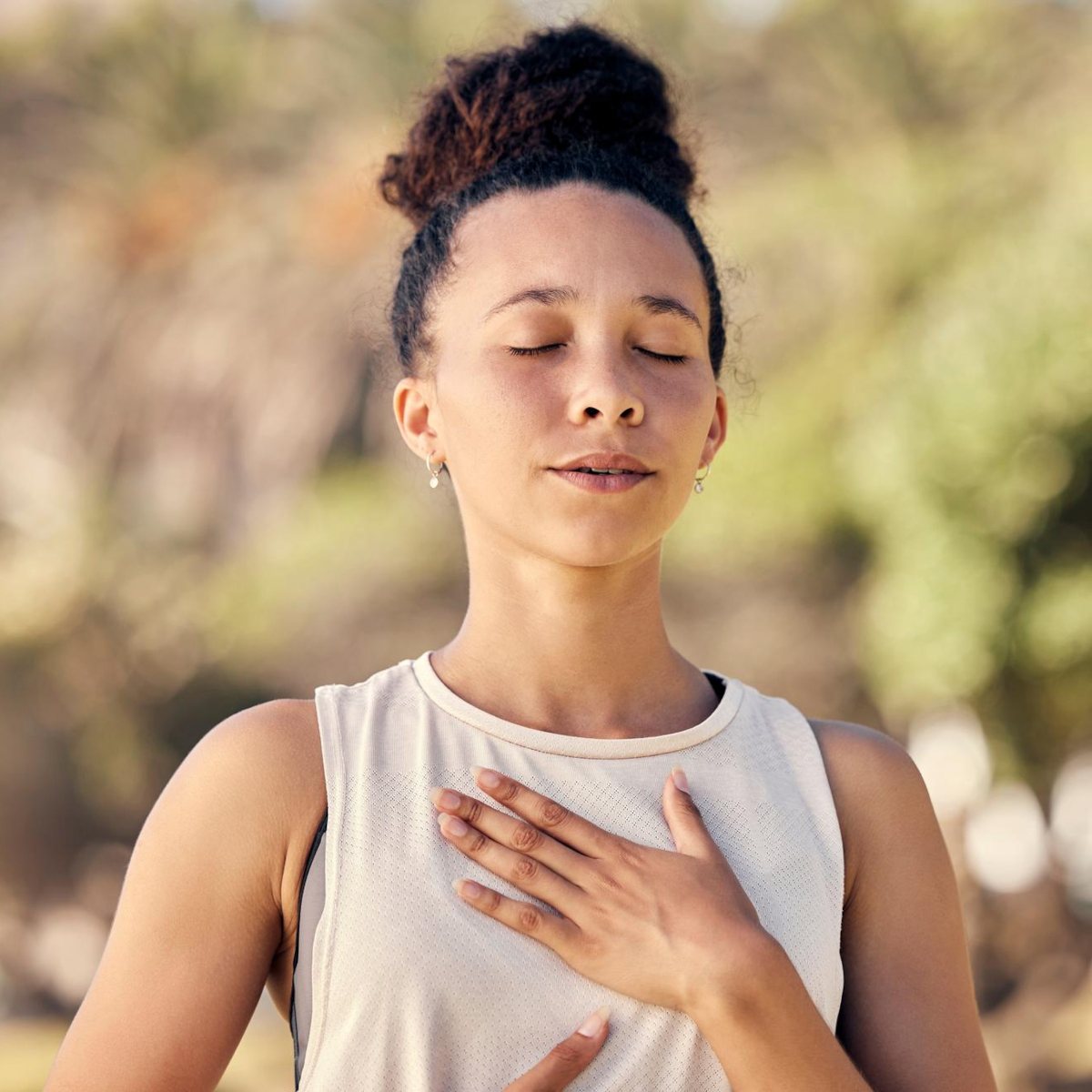
We all deal with stress and anxiety from time to time. Perhaps you’re juggling a lot at work, managing multiple clients, major meetings, and crucial deadlines all at the same time. Maybe looking after your kids has got you feeling the all-too-common parental pressure. You might be a student trying to strike the difficult balance of grades, work, social life, and extracurriculars. Or perhaps you face general anxiety and the mental health challenges it brings.
There are so many things that can set off stress and anxiety in us, and no two people will experience it for the same reasons or in the same way. However, there is one thing that unites us in times of stress. I’m talking about the connection between the body and the brain. More specifically, I’m talking about the relationship between breathing and stress.
When we think of anxiety, the first thing that pops into our head might be the word ‘worry’. On one level, anxiety is a feeling of worry, concern, or even dread. Make no mistake though, the feeling of worry doesn’t only exist in your brain.
Yes, stress originates in the mind. However, whether we’re anxious about something tangible or we’re struggling with our mental health, the body is the place where stress and anxiety make themselves known. We can see this in the most common symptoms of anxiety as defined by the World Health Organization. Some symptoms are related to our thought patterns and behaviour, such as:
However, there are even more symptoms of anxiety that appear physically within the body:
It’s clear that anxiety and stress can affect the body. Did you know that this can work in reverse as well? That’s right: the body—and particularly the breath—can actually affect your stress levels right back.
Although research on the relationship of breathing and stress is ongoing, we know that the breath is deeply connected to the nervous system. The nervous system fulfills many roles, including regulating our stress response.
When our nervous system detects stressful or anxiety-inducing situations, it sends a stress signal to the brain. The brain then sends more signals out to the body. This includes speeding up your breathing pattern, which is part of the body’s natural ‘fight-or-flight’ instincts. Unfortunately, this can sometimes create a vicious cycle. Your nervous system feels stressed, so you start to breathe shorter, shallower breaths. This can increase stress further, making it even harder to control your breathing, making you more stressed, and so on. For some, this can even lead to full-on panic attacks.
So what’s the solution to breaking this cycle and calming your mind? It all begins with relaxing your breathing pattern. With practice, you can mindfully adjust your breathing, which will soothe your nervous system and help take your mind out of stress-response mode.
There are three main ‘zones’ of the body that you can breathe into. These are:
Named after the clavicle (A.K.A. the collarbone), clavicular breathing is the shortest, shallowest type. Your body will instinctively take sharp, short, shallow breaths into the clavicular region in extremely high-stress, high-intensity situations. It’s essentially the emergency option for breathing. You’ll know you’re taking clavicular breaths if your shoulders heave up and down with every inhale and exhale.
Named after the thorax, or chest, thoracic breathing occurs when you’re straining yourself, but aren’t in emergency anxiety mode. Think of it as the middle ground between deep and fast breathing. It occurs when you’re running, lifting weights, riding your bike, or doing other types of physical exercise. Thoracic breathing is mostly controlled by the diaphragm muscle (which helps the lungs inflate with air) and the intercostal muscles (which allow the ribcage to spread and expand as you inhale.
Finally, we have abdominal breathing. This naturally refers to the abdomen, or belly, and is the most calming, relaxing type of breathing. If you’ve ever seen the way a baby breathes while it sleeps, you may have noticed their tummy rising and falling with each breath. Directing your breath to your abdomen allows your diaphragm to expand as far as possible, maximizing the amount of oxygen you get with each inhale.
When you feel calm and relaxed, you’ll typically breathe long, slow breaths through your nose and all the way down to your abdomen. If you’re doing something more physically intense or are beginning to feel stress, you’ll likely breathe more into your chest or thoracic region. As you begin to feel more intense stress, your breaths will become shorter and shallower, only making it as far as the clavicular zone.
So what do these breathing zones mean for you, your anxiety, and your breathing? Essentially, your goal is to slow down your breathing, allowing your body to take longer, deeper breaths that reach the abdomen. Here’s something for the next time you feel your stress response kicking in—try any of the 4 options below and see how it calms your nervous system and you.
Try any and all of these and see what works for you! It can be especially helpful if you’re having trouble falling asleep or if you’re experiencing moments of high stress or anxiety.
If you’re looking for support with breathwork and its relationship to stress and anxiety, I’m here to help. I have extensive experience in guiding patients through various breathing principles and exercises, including 3-dimensional breathwork. I can give you the tools you need to manage your stress as it arises.
If you’re ready to learn more and get the stress relief you need, book a one-on-one consultation with me today.
© 2024, ProActive Pilates. All Rights Reserved. Designed by KIAI Agency